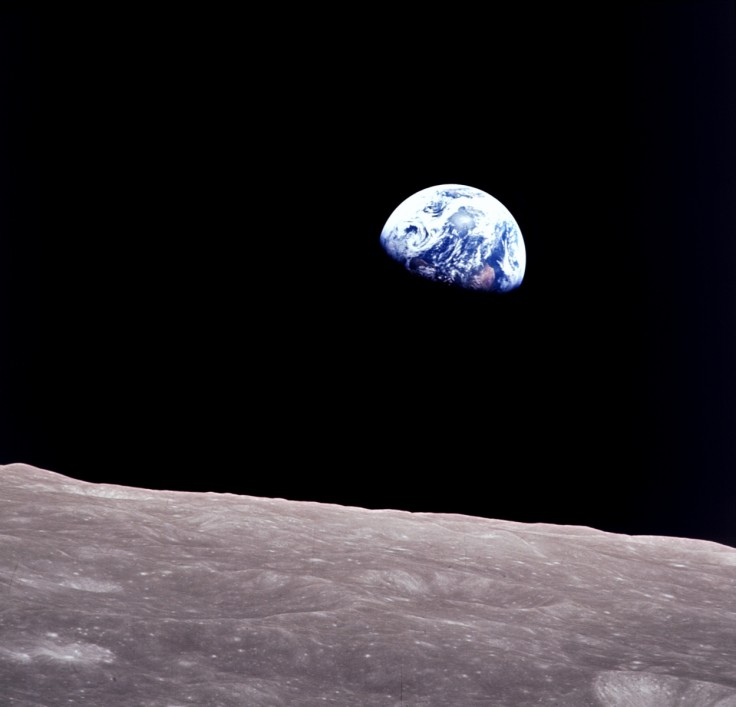It is possibly one of the most significant images in the development of human culture.

How Was This Famous Shot of Earth Taken?
On Christmas Eve of 1968, Apollo 8, the first manned lunar mission, was launched into lunar orbit. The astronauts, Commander Frank Borman, Command Module Pilot Jim Lovell, and Lunar Module Pilot William Anders, conducted a live transmission from lunar orbit that evening. During the broadcast, they displayed images of the Earth and moon as seen from their spacecraft, according to NASA.
The crew took turns reading from the book of Genesis as the broadcast came to a close, as you can hear on the video above.
Why Is This Photo Taken?
The Guardian mentioned that in order to find the best lunar landing locations, the Apollo 8 needed high-resolution photographs. The photo was taken by Anders using a Hasselblad camera.
The Importance of Earthrise
Possibly one of the most significant images in the development of human culture is Earthrise. Our understanding of our location in space was transformed when astronaut Anders captured a photograph of a delicate blue orb set in deep space peeking over the Moon. This image also increased environmental awareness throughout the world.
The Conversation stated that for the first time, the image allowed us to observe our planet from a great distance.
The Beauty Depicted on Earthrise
The planet is lit up to a little over half its surface. As the image shown, Africa is split down the line dividing night and day. The planet has white and blue hues. It initially gives off the impression of having blue marble's luster. The spherical perfection, though, begins to wane as you get closer, according to The Guardian.
The blue is light that the sky and the water have dispersed. The white represents the gaseous layer that covers our planet and enables life to exist.
Earthrise is unique even if it wasn't the "first" picture of the Earth taken from our Moon. However, as The Conversation noted, the Earthrise beautifully demonstrates how human perception is a dynamic phenomenon that frequently changes in tandem with technological advancements.
The Solemness of Space
The living Earth appears delicate and vulnerable with resource constraints when it is encircled by the darkness of space. When we look at the small, blue Earth against the black background of space and the barren moonscape, we feel so small.
The Conversation pointed out that the image evokes feelings of fragility because Earth is unique mainly because it is the planet where humans live.
According to NASA, Lovell said during the broadcast in 1968 that: "The vast loneliness is awe-inspiring and it makes you realize just what you have back there on Earth."
The Apollo missions' primary goal was to explore the Moon, but they also starkly exposed the boundaries of our own planet.
What Has Changed a Half-Century Later?
More than five decades since the Earthrise photograph was taken, the climate of Earth has undergone significant changes. The past 50 years have seen a significant portion of the temperature rise in Australia and around the world. With a rise in the frequency of extreme occurrences like heatwaves and substantial changes to the oceans and polar ice caps, this warming is already having an impact on us.









